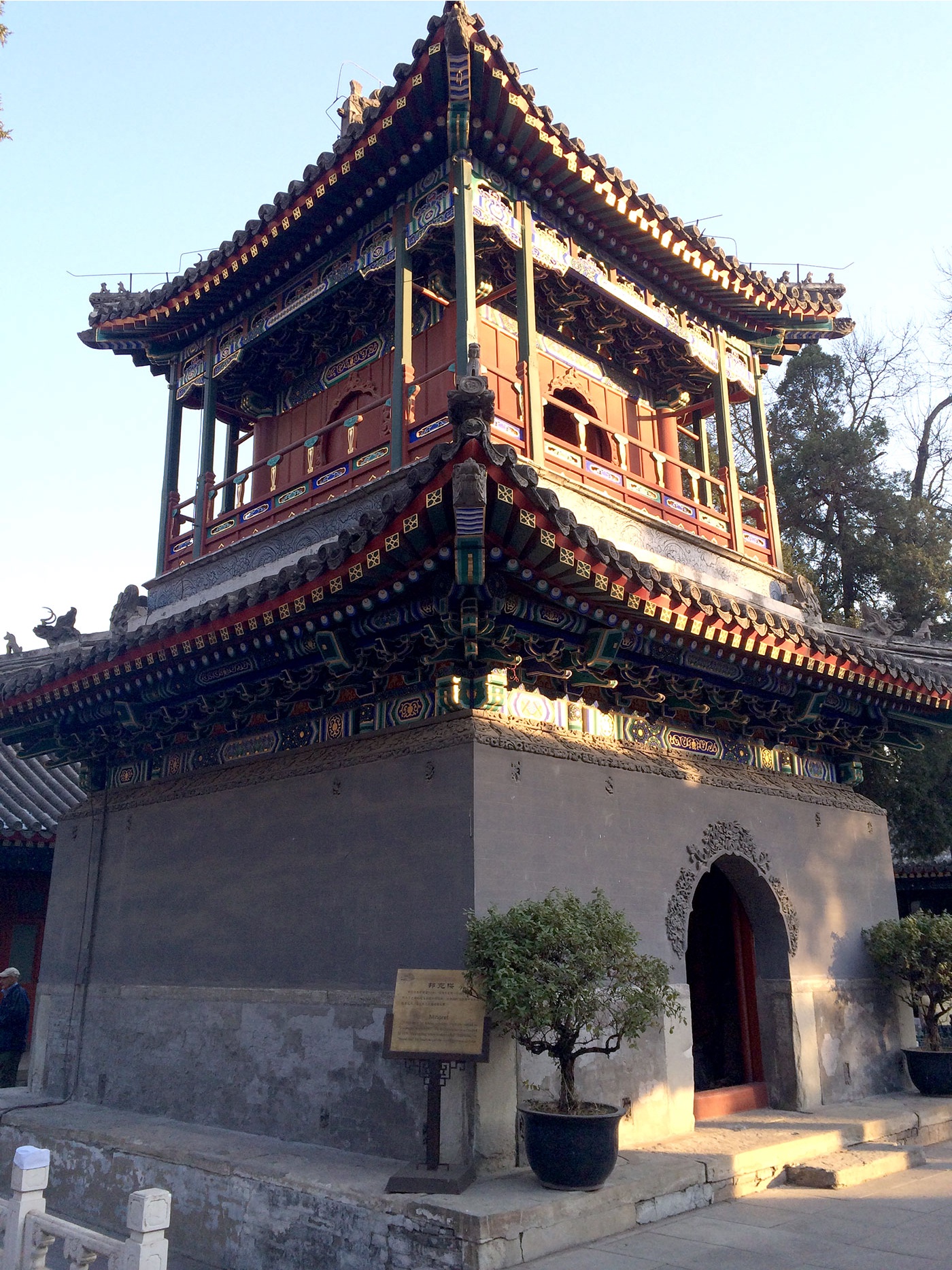n the south central part of Beijing lies Niu Jie, the heart of the capital’s Muslim community. The wide boulevard, whose name is often translated as “Ox Street,” is lined on each side with shops that sell snacks and fresh beef and mutton.
Especially on weekends, people wait in lines that sometimes snake around street corners for butchered meats, pastries and snacks.
The street is also the largest Hui minority enclave in Beijing, with more than 10,000 Hui people living in the area as of 2000. The Niu Jie Mosque and Beijing Xuanwu Huimin Elementary School provide religious services and education to the community.
In a city that has experienced so many changes, Niu Jie and its people have an unusually long history.
History
Hui settlement of Niu Jie dates back to the Yuan dynasty (1271-1368). Authors Wenfei Wang, Shangyi Zhou, and Cindy Fan in the book Growth and Decline of Muslim Hui Enclaves in Beijing say that the Hui settlers might have been related to Muslims from the army of Genghis Khan, which had conquered Beijing.
However Niu Jie Mosque was built two centuries before, in 996, and destroyed by the army of Genghis Khan in 1215.
During the Yuan dynasty, Niu Jie was located outside the main Beijing city wall. The neighborhood was somewhat isolated, with Mongolian and Han Chinese residents living within the city wall. Dru Gladney, author ofMuslim Chinese: Ethnic Nationalism in the People’s Republic, wrote that Han people rarely walked the neighborhood alone.
The community got its current name, Niu Jie, during the Qing dynasty (1644-1912), when its members started specializing in beef.
In the late 1990s, the area underwent renovations, and most of the 3,000 families living there had to be relocated. New apartment buildings were built, and in the early 2000s most of the area’s former residents moved back in. The residential area, though containing typical Chinese blocks of flats, has Muslim influences such as a mosque-shaped gazebo in a neighborhood park.
Things to Do
Niu Jie today has two main attractions: the mosque and the food.
The Niu Jie Mosque is Beijing’s oldest and largest. It includes a main prayer hall, with an area of 600 square meters, several courtyards, a women’s mosque, men’s and women’s ablution chambers and the tombs of two Imams from the 13th century.
The mosque’s architecture is very interesting: on the outside, it has Chinese influences, while on the inside it features Arabic calligraphy in the Sini script and Chinese decorations.
While the main prayer hall is closed to non-Muslims, the courtyards are quiet and pleasant, with the women’s area being particularly charming. On a recent afternoon, several women had gathered there with their children, telling stories and laughing.
Out on the street, meat and snacks are everywhere. Pe+ople line up to buy thin-cut slices of mutton and different cuts of beef. Bread and pastries filled with vegetables and meat abound.
On the west side of the street is a Muslim Supermarket, with more food and snacks including cakes, pastries and meats. On the second floor of the supermarket, the Muslim Food Palace is a food court with restaurants selling steamed beef dumplings and various types of kababs.




